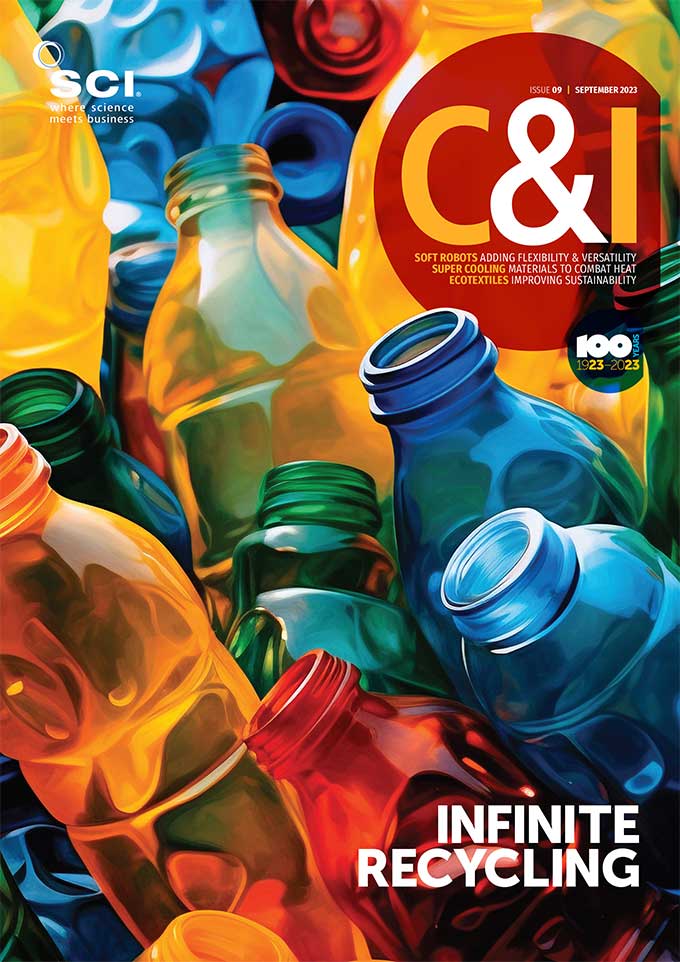Carissa Wong
Lampshades coated with metal catalysts could transform harmful indoor air pollutants into carbon dioxide and water.
Indoor air contains pollutants called volatile organic compounds (VOCs) at up to five times higher levels, compared with outdoor air. These pollutants are released from paints, cleaning products and cooking, and can lead to symptoms such as nausea, headaches and irritation of the eyes (Atmospheric Environment, doi: 10.1016/j.atmosenv.2019.04.043).
‘Air pollution indoors is an issue and has significant impacts on our health, work performance, learning and sleep quality. It is well documented and is very costly,’ says Pawel Wargocki, a professor of environmental and resource engineering at the Technical University of Denmark.
‘This is an important problem because we are indoors more than 90% of the time,’ says Colleen Rosales, an atmospheric and indoor air chemist at the environmental technology organisation OpenAQ in Washington DC, US.
To tackle the issue, researchers have previously developed devices containing catalysts, such as platinised titanium oxide, that rely on heat or light energy to break down VOCs (Building and Environment, doi: 10.1016/j.buildenv.2015.01.033). However, most of these systems require a separate heater or ultraviolet light source, which can lead to the generation of unwanted chemical byproducts including formaldehyde – a toxic VOC – says Wargocki.
Researchers have now found a way to destroy acetaldehyde and formaldehyde, which are common VOCs, without requiring a dedicated UV light source or heater. Instead, the new approach harnesses waste heat energy from halogen and incandescent light bulbs and does not generate harmful byproducts.
‘Most of the traditional lamps have low light conversion efficiency,’ Minhyung Lee, an environmental chemist at Yonsai University in South Korea, who was involved in the new study, told the American Chemical Society’s Fall conference in San Francisco in August 2023.
While halogen light bulbs convert a mere 10% of the energy they use into light and emit 90% of the energy as heat, incandescent bulbs lose about 95% of their energy as heat, said Hyoung-il Kim, a professor of environmental engineering at Yonsai University.
Researchers found that the platinum catalyst almost entirely removed acetaldehyde from the chamber after roughly 31/2 hours. By measuring the level of carbon dioxide in the chamber, they confirmed that the catalyst had successfully converted the pollutant to carbon dioxide and water vapour.
The researchers coated lampshades made of stainless steel and aluminium oxide with a platinised titanium oxide catalyst. When a halogen or incandescent light bulb was switched on inside the lampshades, the team found that the inner surface of the lampshades reached temperatures of between 120 to 180°C – hot enough to activate the catalyst.
Next, they placed halogen and incandescent light bulbs surrounded by the catalyst-coated lampshade inside a glass chamber to mimic an indoor environment. A fan inside the chamber helped to circulate the air. They then switched the lamp on and fed acetaldehyde, a common VOC, into the chamber, before measuring the concentration of the pollutant over four hours.
The researchers found that the platinum catalyst almost entirely removed acetaldehyde from the chamber after roughly 31/2 hours. By measuring the level of carbon dioxide in the chamber, they confirmed that the catalyst had successfully converted the pollutant to carbon dioxide and water vapour. In contrast, lamps without the platinum catalyst did not destroy the acetaldehyde. The method worked similarly well at removing formaldehyde from the air.
However, the high cost of platinum places a limit on how widely this approach could be used, says Rosales. To overcome this hurdle, the team is now testing how well titanium oxide doped with copper can convert VOCs into carbon dioxide and water. The early findings suggest that the copper catalyst can effectively remove acetaldehyde from the air, albeit less effectively than the platinum catalyst.
The team are is developing lampshades that can use non-visible light energy from the increasingly popular light-emitting diode bulbs to remove VOCs from the air.
‘It’s an interesting idea to use lampshades as air cleaners,’ says Wargocki. ‘The problem is that lampshades are usually far from the zone occupied by people, so unless you have forced air movement and proper air distribution indoors, the transport of pollutants to these lampshades may be limited,’ says Wargocki. ‘You will probably require multiple lampshades and, of course, it will only work if the lights are on,’ he adds.
It is also unclear whether the approach could break down larger, more complex pollutant molecules beyond acetaldehyde or formaldehyde, says Wargocki.
Still, having a device that could integrate easily with existing indoor environments and help to purify the air – along with other strategies – is a promising idea, he says.
Image: Minhyung Lee/Yonsai University





